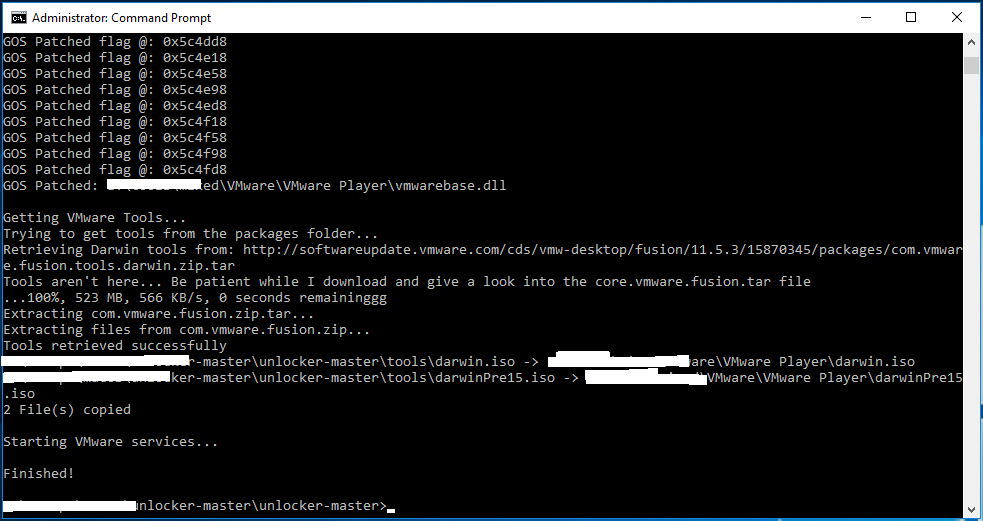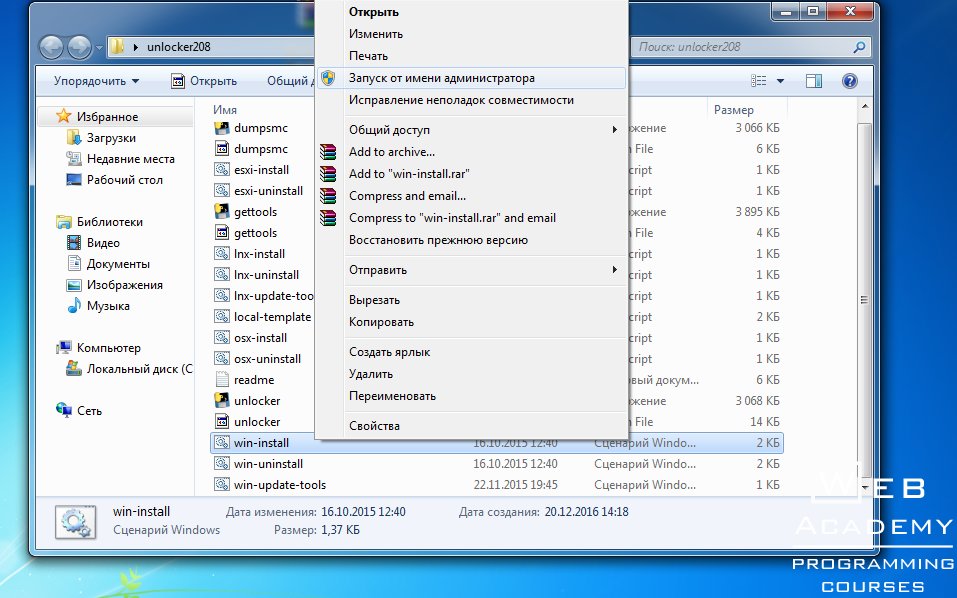

- #VMWARE WORKSTATION PLAYER MAC GUEST HOW TO#
- #VMWARE WORKSTATION PLAYER MAC GUEST FOR MAC OS X#
- #VMWARE WORKSTATION PLAYER MAC GUEST MAC OS X#
- #VMWARE WORKSTATION PLAYER MAC GUEST INSTALL#
- #VMWARE WORKSTATION PLAYER MAC GUEST FOR WINDOWS 10#
I personally chose to always split the VM disk into multiple files because it’s easy to manage if you want to move or copy the VM to another location.Ħ. Also, the used space will be allocated as needed. You can expand the space later, so don’t worry too much if you don’t pick the right size. Select a name and a storage location on the local computer for the VM files.ĥ. Select a guest operating system type that you will be installed on this VM.Ĥ.
#VMWARE WORKSTATION PLAYER MAC GUEST FOR WINDOWS 10#
The examples below will be for Windows 10 but will work with other supported OSes.ģ. This step is optional and can be done later.
#VMWARE WORKSTATION PLAYER MAC GUEST INSTALL#
In the new window that opens click Browse to select the OS image you’ll be using to install a new OS in the VM. I’ll point you to this article that details some of the use cases and benefits. In the corporate environment, VMs are the norm, and hosting providers use them all the time. Maybe you want to play old DOS games?įor professional use, VMs can be used to develop software for other platforms. VMs can be used for those old programs that don’t run on modern OSes. So, for personal use, a VM can be useful to test new operating systems and learn something new, safely. I know it’s possible, but I haven’t tried that. This way I have my main PC with a native Windows 10 install where I can then try Windows 11, Linux, and even Mac is possible, but that’s a bit sketchy since Apple doesn’t provide a Mac ISO installer image for non-Apple systems. Personally, I used them to test new operating systems and write about them on BinaryFork without going through the pains and potential risks of dual booting. This is probably a question that comes to mind for those who are interested in virtual machines but don’t fully understand their use.įirst, I’m not a pro when it comes to VMs, not even close. Why Would You Use/Need a Virtual Machine?
#VMWARE WORKSTATION PLAYER MAC GUEST HOW TO#
4 How To Install VMware Tools: Optional, But Recommended Step.3 How to Create a Virtual Machine in VMware Workstation Player.1 Why Would You Use/Need a Virtual Machine?.If it sounds like inception, it’s because it really is “a dream inside another dream”. You can even create VMs inside other VMs. How many and how powerful these virtual machines are will depend on how many resources your PC has. I’m not going into details, but basically, on your physical computer, you can create many other virtual computers. This guide will show you how to create and boot a virtual machine in VMware.Įven if you’re not tech-savvy I’m sure you’ve heard about virtual machines.VMware Workstation Player is one of the popular choices to create and run virtual machines on your Windows and Linux computer.If you’re interested in playing with virtual machines there are plenty of free hypervisor apps to help you set one up for free.This commission is meant to keep our website up and running. That means that when you will decide to buy or download something by clicking a link on our website, we may earn a small commission at no extra cost to you. The last operation can take some time (30+ minutes), but as soon as it's done your. (replace VMware-path with the path of VMware installation folder and VM-path with the path of the.\ VMware - Path \ vmware - vdiskmanager.On your main/hosting PC, open a Command Prompt (or Terminal > Shell) with elevated priviledges and type the following command:.
#VMWARE WORKSTATION PLAYER MAC GUEST MAC OS X#

#VMWARE WORKSTATION PLAYER MAC GUEST FOR MAC OS X#
vmdk files created by VMware for Mac OS X Operating Systems tend to continuously grow as time passes by, getting bigger and bigger after each update.


 0 kommentar(er)
0 kommentar(er)
